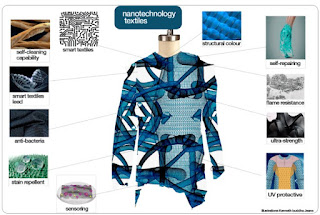HTC Education Series: Deep Learning with PyTorch Basics - Lesson 6
Let's continue with the final lesson 6 in our HTC Deep Learning with PyTorch Basics course. And the team at Jovean continue their home run streak from last week with another really great information packed lecture.
In this lesson you will lean how a GAN works, how to construct one from scratch in PyTorch, and how to then train your constructed GAN. This is the clearest explanation of how to actually build a working GAN i've seen so far, so i think you will find it extremely useful.
The lesson then continues with an explanation of Transfer Learning, which you will also build from scratch based on a RES-Net 49 model. This part is heavily based on some fastai material you will have seen before if you took our other HTC deep learning course.
Let's get started.
What was covered in this lecture
generative modeling
generative adversarial networks
generator - discriminator
building a discriminator network
building a generator network
TanH activation function
training the discriminator
training the generator
full training loop
transfer learning
Don't forget to check out the associated Jupyter notebooks
Generating anime faces using GANs here
Generating handwritten digits using GANs here
Transfer learning using pre-trained models here
Additional HTC Material.
1. We're going to borrow some material from our other HTC Getting Started with Deep Learning course that is a good overview of GANs. So let's have Xander get you pumped up about GANs. He then runs through the StyleGan architecture.
Note that there is a Jupyter notebook associated with this video.
Note that the original objective function in that original GAN paper is not a good one. Hence the many 'make it work better' tricks in the literature.
Which trick did we use in this lesson?
2. The StyleGan and StyleGan 2 research and associated papers have been hugely influential. Henry AI Labs will take us on a deep dive into the gory technical details of the implementation of thee enhancements in the StyleGan2 GAN architectures.
Some of this may seem overwhelming at first, but remember your understanding of the individual block components of CNN architectures and the GAN example you built in this lesson. Then you will realize that you already know a large chunk of what he is presenting in this video. The changes are things different optimizers, new tweaks to the standard CNN module components you are already familiar with.
Skip connections (and the U-Net architecture) you probably aren't familiar with yet, but if you understand a ResNet block you can figure it out since it does something similar but the skips go to different layers rather than internal within a layer.
The latent space of a generative model is also something you probably aren't real familiar with (other than Xander's presentation above). We have a number of different HTC posts tagged latent space to help you get started.
Observations
1. If you are interested in generative models, we have a number of HTC posts on them.
Need to review something from the previous lessons in the course.
No problem.
You can access the first lesson here.
You can access the second lesson here.
You can access the third lesson here.
You can access the 4th lesson here.
You can access the 5th lesson here.



Comments
Post a Comment